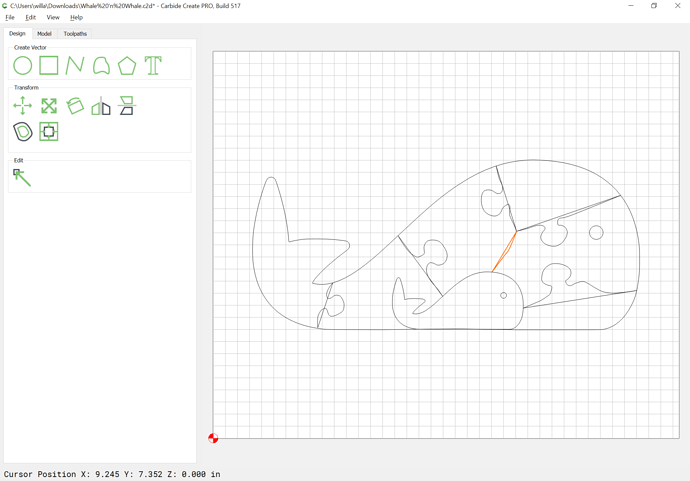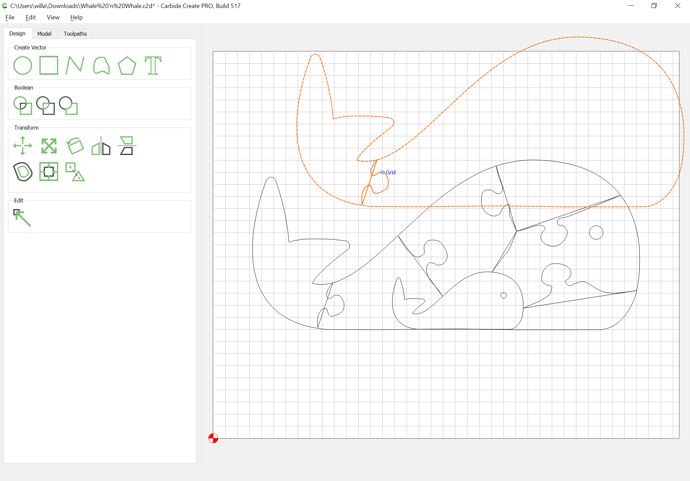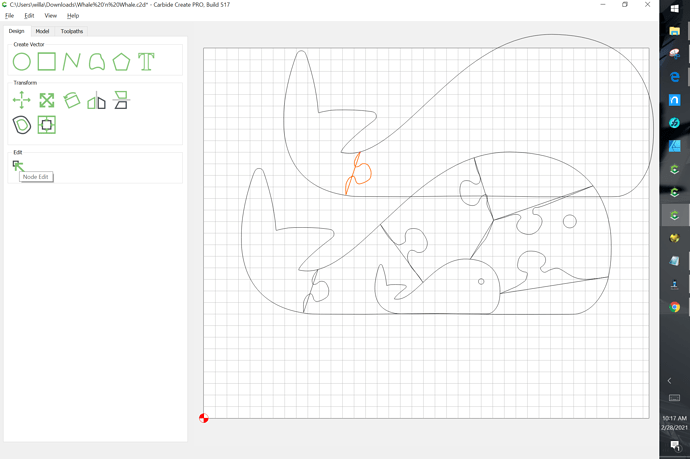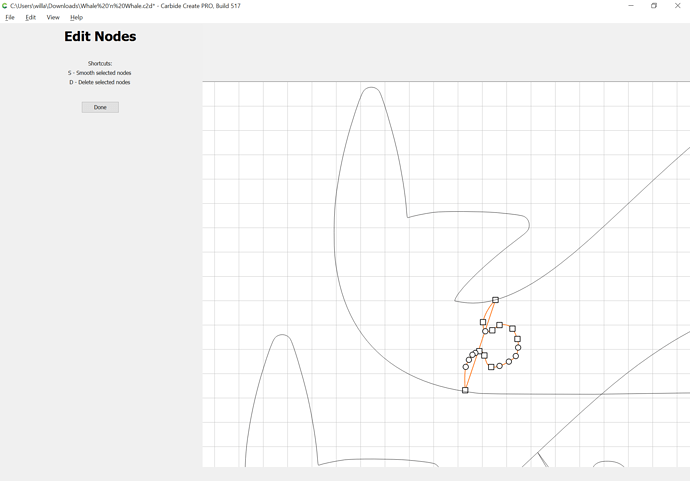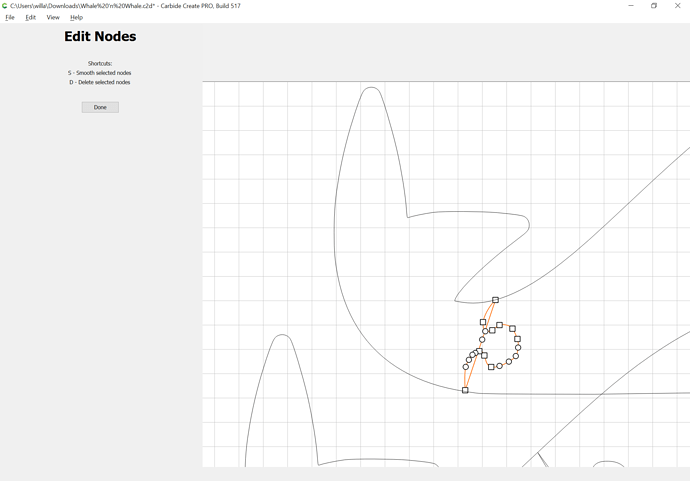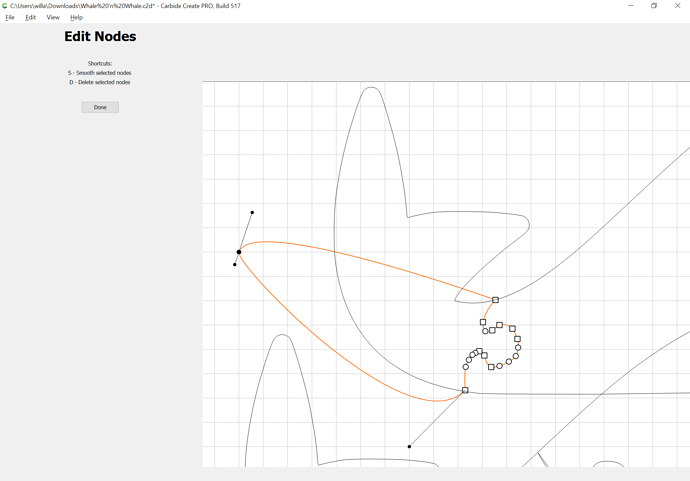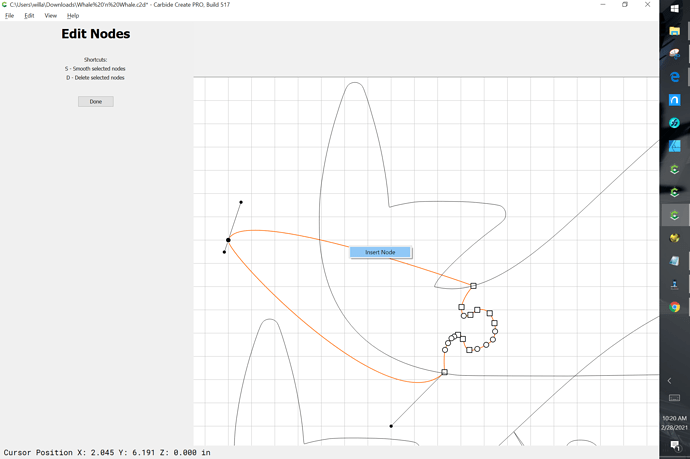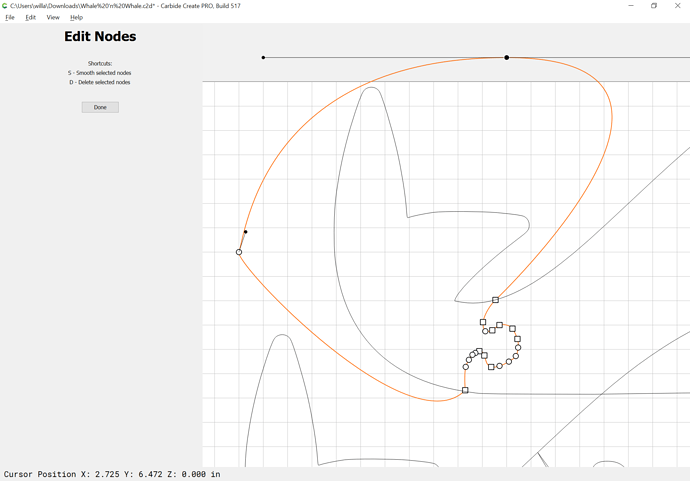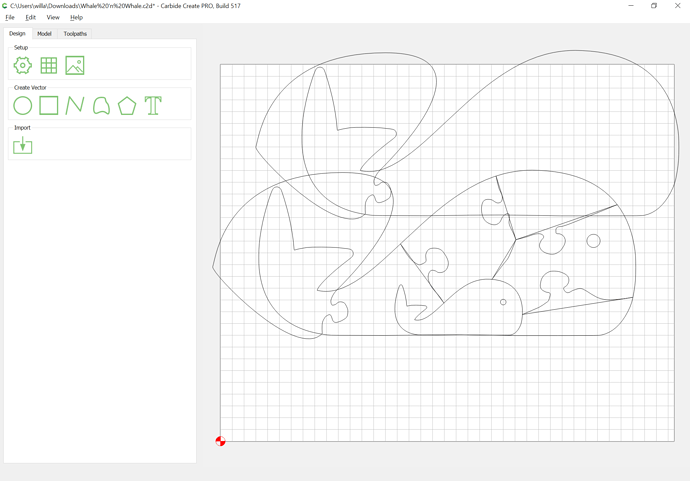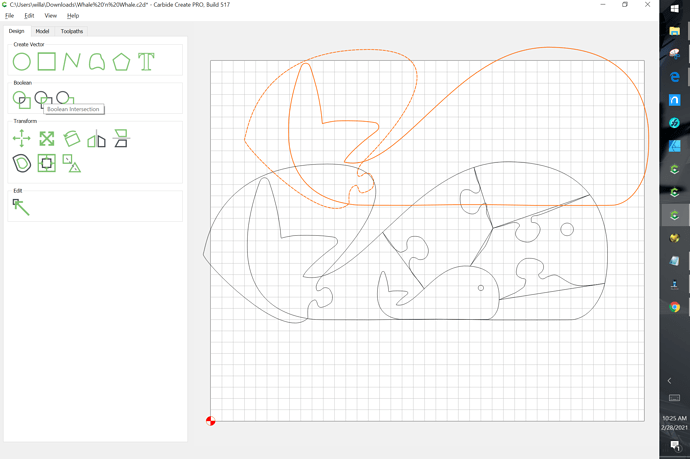The problem is you have open geometry (indicated by being magenta) where you need one discrete closed path for each part:
Select each set of opened paths:
and join each so that they are closed:
Then select the outline and the necessary geometry for a given part and duplicate it (control/command c):
Drag the parts out of the way to where you can work on them:
Then select the puzzle part and go into Node Edit mode:
and edit it so that it encompasses the area for the part:
right-click:
drag the new node:
Adjust the various nodes and if need be insert more:
Done
Duplicate and drag the modified geometry into alignment with the original and delete the original:
Select the modified duplicate and the duplicate of the original outline and do Boolean intersection:
Set that aside for the nonce.
Repeat for the other parts.



